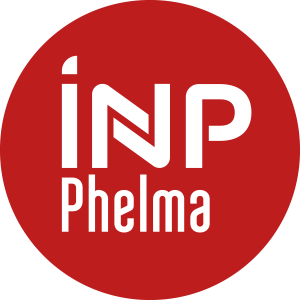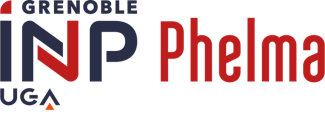Number of hours
- Lectures 8.0
- Projects 0
- Tutorials 8.0
- Internship 0
- Laboratory works 0
ECTS
ECTS 1.5
Goal(s)
This course offers an overview of two modelling methods at the atomic scale: the Monte Carlo method and Molecular Dynamics. After a reminder of some element of probability theory, statistical mechanics and dynamics, the principles governing the evolution of the system in the two theories are presented. In order to provide good understanding of the principles, some examples are provided during the lecture and the students are using two numerical programs (one for each method)..
Contact Guillaume PARRYContent(s)
- I) Monte Carlo Method
- I-1) Introduction
- I-2) About probabilities
- I-3) The Monte Carlo method
- I-4) Metropolis algorithm
- I-5) An energetic model: Ising model
- I-6) About random number generation
- I-7) Kinetic Monte Carlo
- II) Modecular Dynamics
- II-1) Introduction
- II-2) Interatomic interactions
- II-3) Measuring quantities in MD
- II-4) Time integration
- II-5) Extended systems methods
- II-6)Examples
Prerequisites
Teaching methods : 10hs of lectures and Computer sessions
Language : English
Semester 8 - The exam is given in english only 
Closed-book Final Exam: Theoretical
Rapport 100%
This course brings 2.0 ECTS to students in UE Modelling tools and applications
Semester 8 - This course is given in english only
- Raabe D., Computational Materials Science Wiley-VCH,1998
- Allen M.P. & Tildesley D.J., Computer Simulation of Liquids, Oxford Science Publication, Clarendon Press, Oxford, 1989
- Daan F. & Smit B., Understanding Molecular Simulation : from Algorithms to Applications Academic Press, 1996
- Bulatov V.V. & Cai W., Computer Simulations of Dislocations, Oxford University Press, 2006



